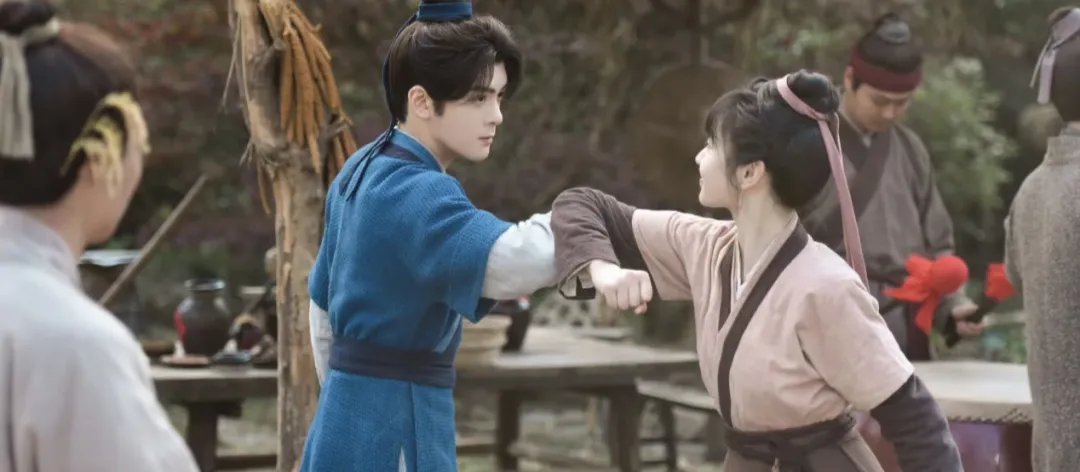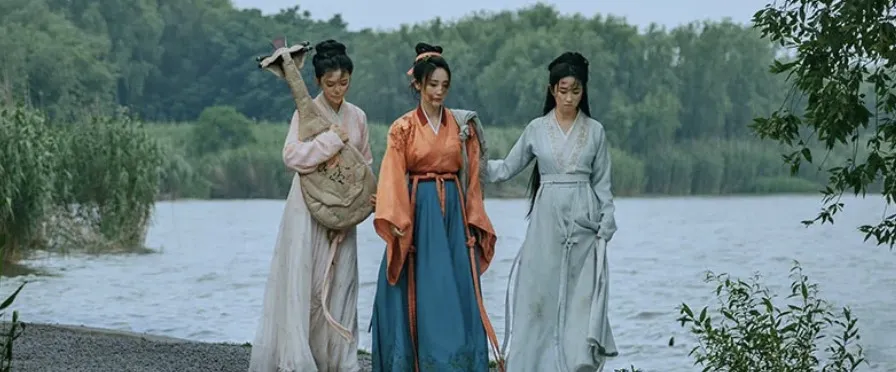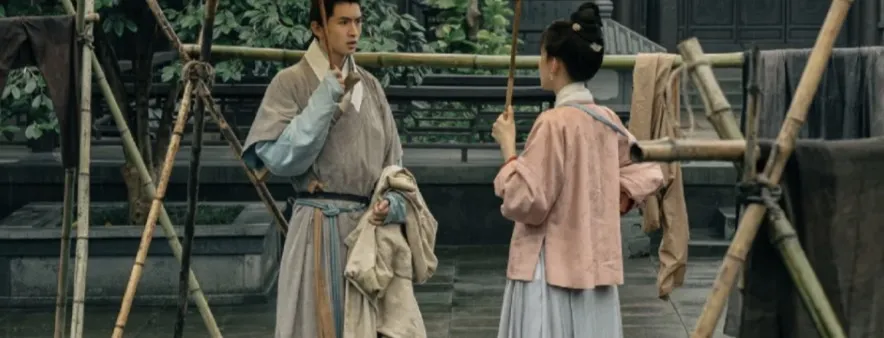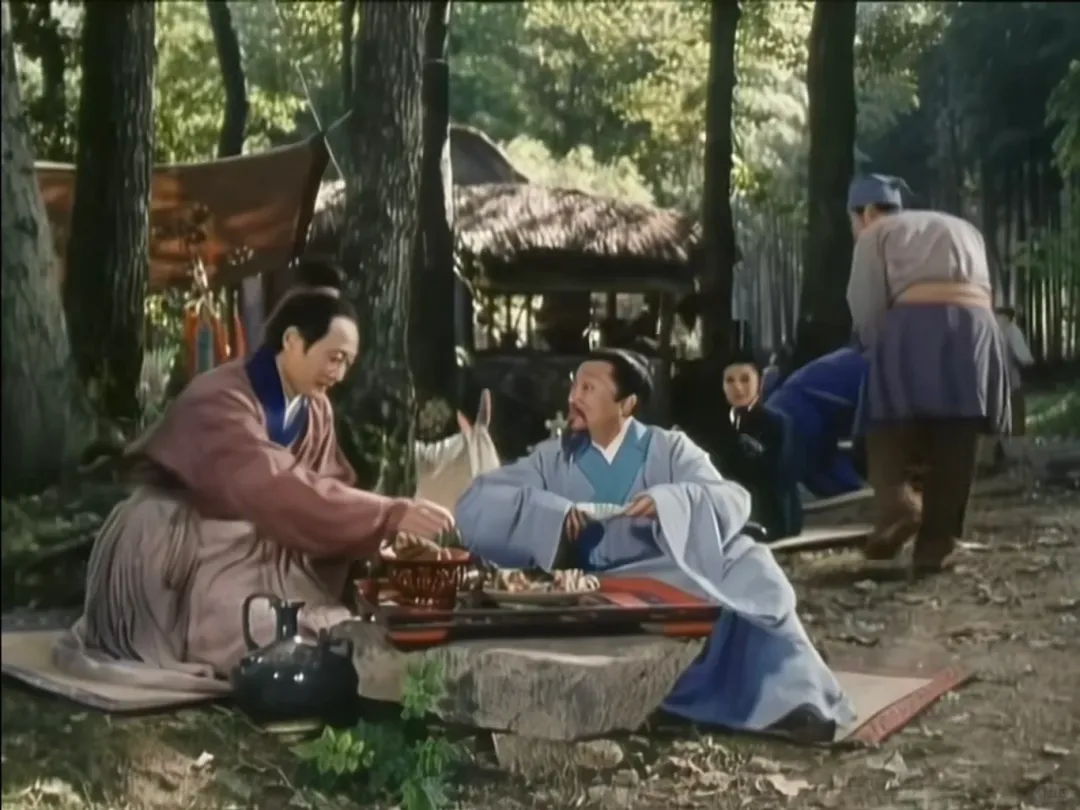
Do you also think that commoners in ancient times, like those portrayed in historical dramas, mostly wore coarse linen clothes? You might not know that ancient people also had a few decent outfits for special occasions such as festivals, visiting relatives, or attending weddings.
Some have asked why we don't discuss commoners' clothing, assuming the articles only focus on noble styles. People might wonder, 'Could commoners really wear silk or gold in daily life?' There's actually some misunderstanding here. In ancient times, many trends originated among the nobility and later spread to commoners, while some crafts improved among commoners and rose to popularity among nobles. So, there was no absolute rule.

Here's the conclusion: ancient clothing styles were quite similar (except for some impractical wide - sleeved designs). What people wore mainly depended on the occasion—for grand ceremonies or rituals, they would prepare finer attire. The quality of clothing was reflected in the fabric, craftsmanship, and vibrancy of colors. Another factor was occupation. Laborers wore durable clothes like hemp garments, but not all commoners worked in fields, so coarse linen wasn't universal.
In the Ming Dynasty, for example, the silk industry thrived in Jiangnan (江南), and even ordinary people wore silk. Economic status wasn't the sole determinant; the overall industrial environment and specific occasions mattered too. In 'Water Margin' (水浒传), the minor character Shi Yong is described wearing a black silk robe, a white waistband, knee protectors, and hemp shoes—proof that silk wasn't unattainable for commoners. Moreover, silk came in different grades, much like modern clothing. If money was tight, people could opt for blended fabrics or lower - grade silk, making it affordable. The issue was whether silk was practical for manual labor.

In some historical dramas, merchants are depicted in lavish attire, but this depended on the era's policies. For instance, many dynasties emphasized agriculture over commerce, even regulating clothing materials. The 'Ming Shi' (明史) records that farmers were allowed to wear silk, gauze, or cotton, while merchants were restricted to cotton. Commercial families’ descendants were even barred from holding office. In contrast, during prosperous periods like the Tang and Song Dynasties, restrictions were fewer.
Of course, there were those who couldn’t afford decent clothes, living with just one or two sets for daily wear and labor. But history books only capture a fraction of reality. Today, we tend to sharply divide commoners and nobles in our minds, which is somewhat simplistic. For commoners with financial means, clothing choices were flexible. After all, beauty isn’t bound by class or wealth—it belongs to those who appreciate it.
In conclusion, the idea of a strict divide between commoners and nobles in terms of clothing is an oversimplification. While economic and policy factors did play a role, the ancient commoners with resources had more freedom in choosing their clothes. We should view history with a more nuanced perspective, understanding that even in the past, the pursuit of beauty transcended social classes.

